Curious about how much a wheelbarrow costs? It doesn’t matter if you’re a gardener, a DIY fan, or someone completing a construction project. A wheelbarrow is a handy companion.
But before you rush to buy one. It’s important to understand the factors that influence its price.
We’ll cover everything from basic wheelbarrow models to high-tech options. It will be very easy for you after this about the wheelbarrow cost, so if you’re ready to learn about the price of this flexible tool and want to make an informed purchase decision.
Knowing the price range will help you find the perfect wheelbarrow for your needs, whether you’re on a budget or looking for top-of-the-line options.
Factors Affecting Wheelbarrow Cost
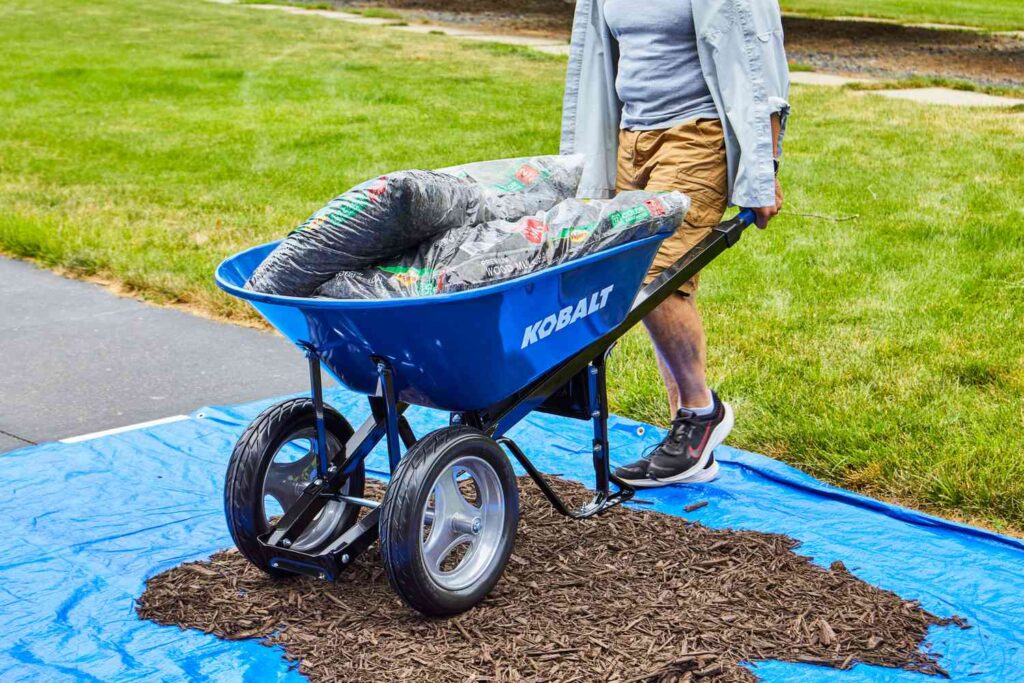
1. Prices of The Wheelbarrow
Wheelbarrow prices can vary based on several factors. The most basic non-powered wheelbarrows, which are traditionally designed, can be quite affordable—starting at around $40. Conversely, more advanced models with additional features can cost upwards of $700 or even more.
When it comes to powered options, electric wheelbarrows introduce a new range of prices. These can start from $400 for basic models and go up to $7,000 for high-end, powerful electric wheelbarrows designed for professional use.
2. Unloading
Unloading a wheelbarrow efficiently is a critical skill for any user. Proper unloading ensures that the material is safely and effectively removed from the wheelbarrow without causing strain or damage.
To unload a wheelbarrow, position it to face the intended unloading point. Then, utilize momentum and gravity to your advantage when pushing. As you tilt the wheelbarrow upright, the load will naturally empty from the tray.
3. Handle Material
The material of the handles on a wheelbarrow can significantly impact its durability and performance. There are several common handle materials to choose from, including wood, steel/metal, rubber, and plastic.
Wooden handles, while traditional, may require more maintenance and can be prone to breaking or splitting over time. Metal handles, in contrast, are highly durable and can withstand exposure to the elements with less upkeep.
4. Loading
Loading a wheelbarrow correctly is needed for safe and efficient material transport. Proper loading involves distributing the material from the center to the front of the tray. This arrangement creates an ideal load balance, making it easier to transport the material with less effort. It’s important to avoid tossing material into the wheelbarrow, as this can cause it to tip over or become unbalanced.
5. Orientation
Wheelbarrow orientation refers to how it is positioned when loading and moving. Proper orientation can significantly impact the ease and efficiency of material transport. The most effective practice is to move the wheelbarrow toward the intended destination during loading. This minimizes the need for steering or turning the wheelbarrow once it is loaded. By maintaining the correct orientation, you can streamline the process of transporting materials and reduce the effort required.
6. Tray Material
The material of the wheelbarrow’s tray plays a major role in its durability and suitability for different tasks. Common tray materials include metal/steel, plastic, and fabric. Metal trays are known for their durability, with thicker steel indicating a stronger but heavier tray. These are well-suited for heavy-duty tasks and are often used in construction settings. Plastic trays are lightweight and stable, making them a popular choice for lighter loads and landscaping work.
7. Transporting
Efficient material transport with a wheelbarrow involves several key steps. First, bend your knees and lift the handles to a sufficient height for smooth movement. It’s important to ensure that the wheelbarrow’s tire is properly inflated, as an underinflated tire can make rolling challenging. As you transport materials, keep the path as clear and simple as possible, avoiding any obstacles that might require you to change course.
8. Choosing a Wheelbarrow
Selecting the right wheelbarrow, whether creative uses for wheelbarrows in landscaping, involves careful consideration of several factors. These include tray size, tray material, handle material, and wheel size, ensuring the tray size matches your specific needs, from gardening to innovative landscaping projects.
When it comes to tray and handle materials, durability and maintenance requirements should be taken into account. Go for materials that align with your intended use and are well-suited for the tasks you have in mind.
9. Using a Wheelbarrow
Effectively using a wheelbarrow requires following steps to ensure safe and efficient operation. This includes proper assembly, checking load capacity, correct orientation, loading techniques, safe transporting, and efficient unloading. By following these steps, you can complete various tasks with your wheelbarrow to maximize its capabilities and ensure safety.
10. Size of Tray
The size of the tray on a wheelbarrow is a major factor to consider, as it directly impacts the amount of material you can transport. Wheelbarrows come in various tray sizes, typically measured in cubic feet. Smaller wheelbarrows, around 2 to 4 cubic feet, are suitable for lighter tasks and smaller projects, such as gardening or light landscaping.
Conclusion
So, regarding wheelbarrows, there are various factors to consider. From the material of the handles and tray to the size of the tray itself. Each element plays a role in determining the wheelbarrow’s effectiveness for specific tasks.
Proper loading, unloading, and transportation techniques are needed for safe and efficient use. Carefully evaluate your needs and select a wheelbarrow that aligns with them.
You can ensure that your projects are completed with ease and effectiveness. With the right wheelbarrow, you’ll have a flexible tool that greatly aids in completing a wide range of tasks, whether they’re in the garden, on a construction site, or anywhere in between.

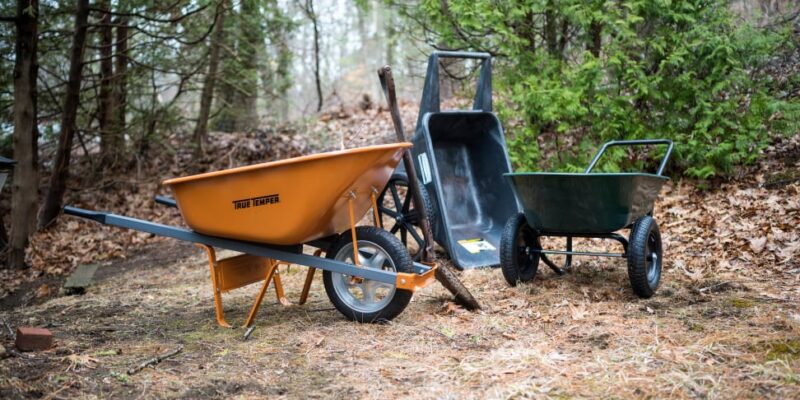
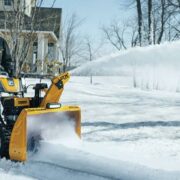
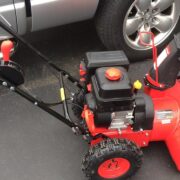



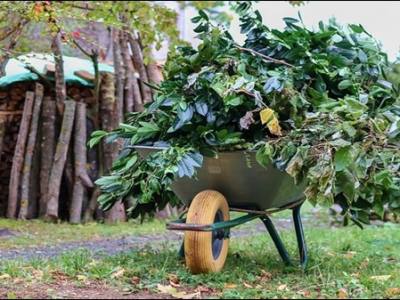
Comments